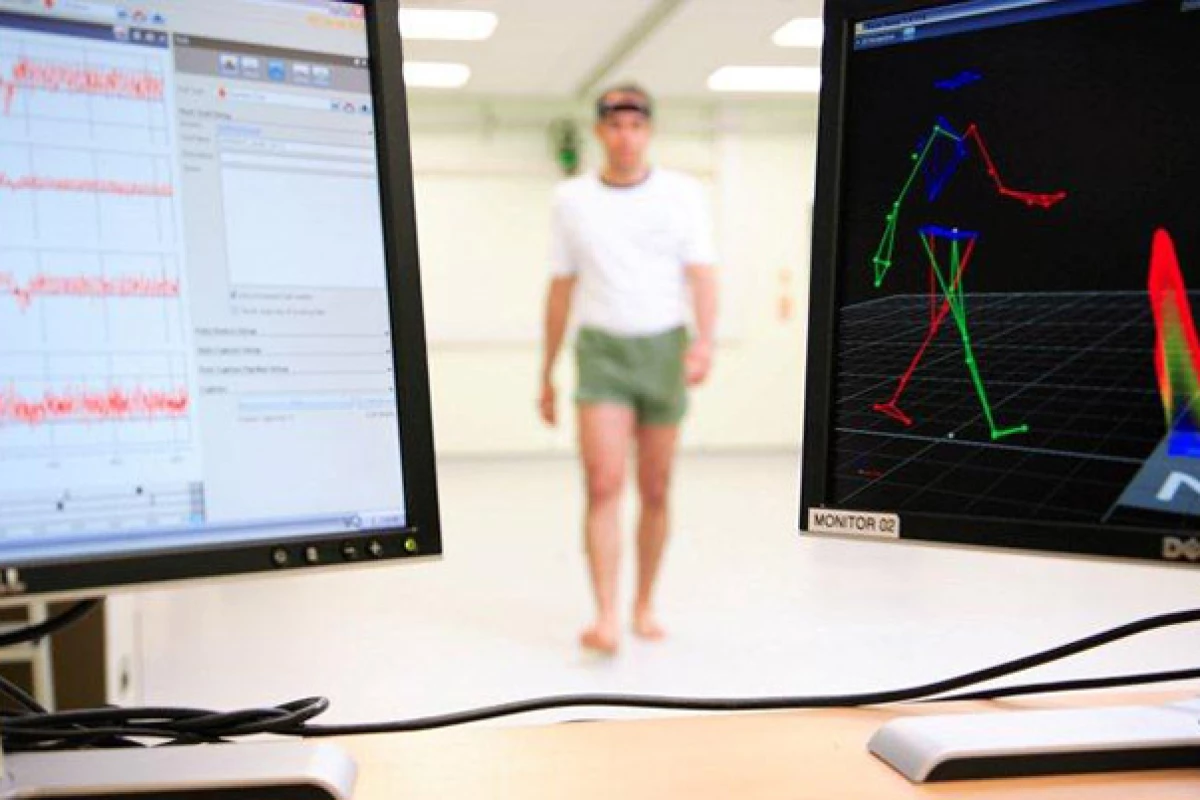A fascinating new study suggests clinicians may be able to accurately diagnose whether cognitively impaired patients are suffering from Alzheimer’s disease or Lewy body dementia by studying their unique walking patterns. The research offers a unique way to distinguish the two conditions, which are notoriously difficult to differentiate in early-stage patients.
Lewy body dementia is thought to be the second most common form of dementia, behind Alzheimer’s disease. However, it is often misdiagnosed in its early stages due to the shared nature of many of its symptoms. Unlike Alzheimer’s disease, pathologically identified by toxic accumulations of amyloid and tau proteins in the brain, Lewy body dementia involves abnormal clumps of alpha-synuclein proteins. Lewy body dementia can be a sign of Lewy body disease, or Parkinson’s disease.
“Correctly identifying what type of dementia someone has is important for clinicians and researchers as it allows patients to be given the most appropriate treatment for their needs as soon as possible,” explains Ríona McArdle, from Newcastle University and lead on the study.
The new research was based on the hypothesis that different forms of neurodegeneration and dementia can result in identifiable gait markers. In order to study those gait differences the researchers recruited 110 people: 45 Lewy body dementia subjects, 35 Alzheimer’s subjects, and 29 cognitively healthy older subjects. All subjects completed a comprehensive gait assessment involving walking across a long walkway with a number of sensors tracking 16 different walking characteristics, including pace, variability, rhythm and asymmetry.
The researchers discovered a number of gait differences could differentiate Alzheimer’s patients from sufferers of Lewy body dementia. Two factors in particular stood out as highly prominent in the gait of Lewy body patients – step length variability and step time asymmetry. This meant people with Lewy body dementia displayed highly irregular differences in time between each step and the length of each step. These two particular gait characteristics were in fact enough to be able to accurately identify 60 percent of all dementia subtypes.
“The results from this study are exciting as they suggest that walking could be a useful tool to add to the diagnostic toolbox for dementia,” says McArdle. “It is a key development as a more accurate diagnosis means that we know that people are getting the right treatment, care and management for the dementia they have.”
Called gait analysis, tracking the way a person walks is a compelling area of biometrics. Chinese authorities have, for example, recently begun adding gait recognition to its biometric surveillance systems, allowing for identification to be made through video using only a person’s silhouette. In medicine, gait analysis is offering scientists new ways to detect disease, and alongside applications for dementia, researchers have demonstrated sensors on shoes can potentially detect glaucoma before a person experiences noticeable visual deterioration.
The new research was published in the journal Alzheimer’s & Dementia.
Source: Newcastle University




